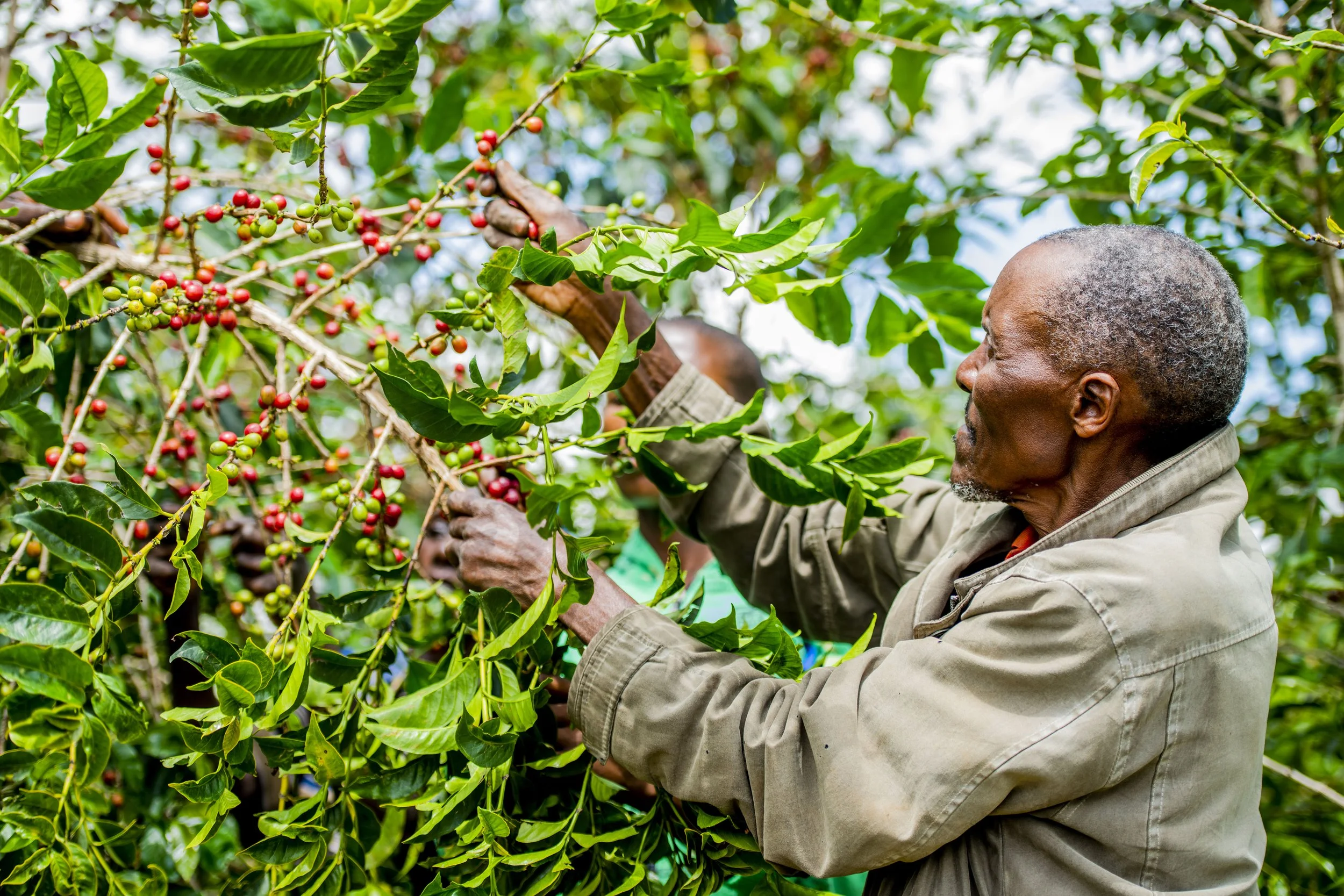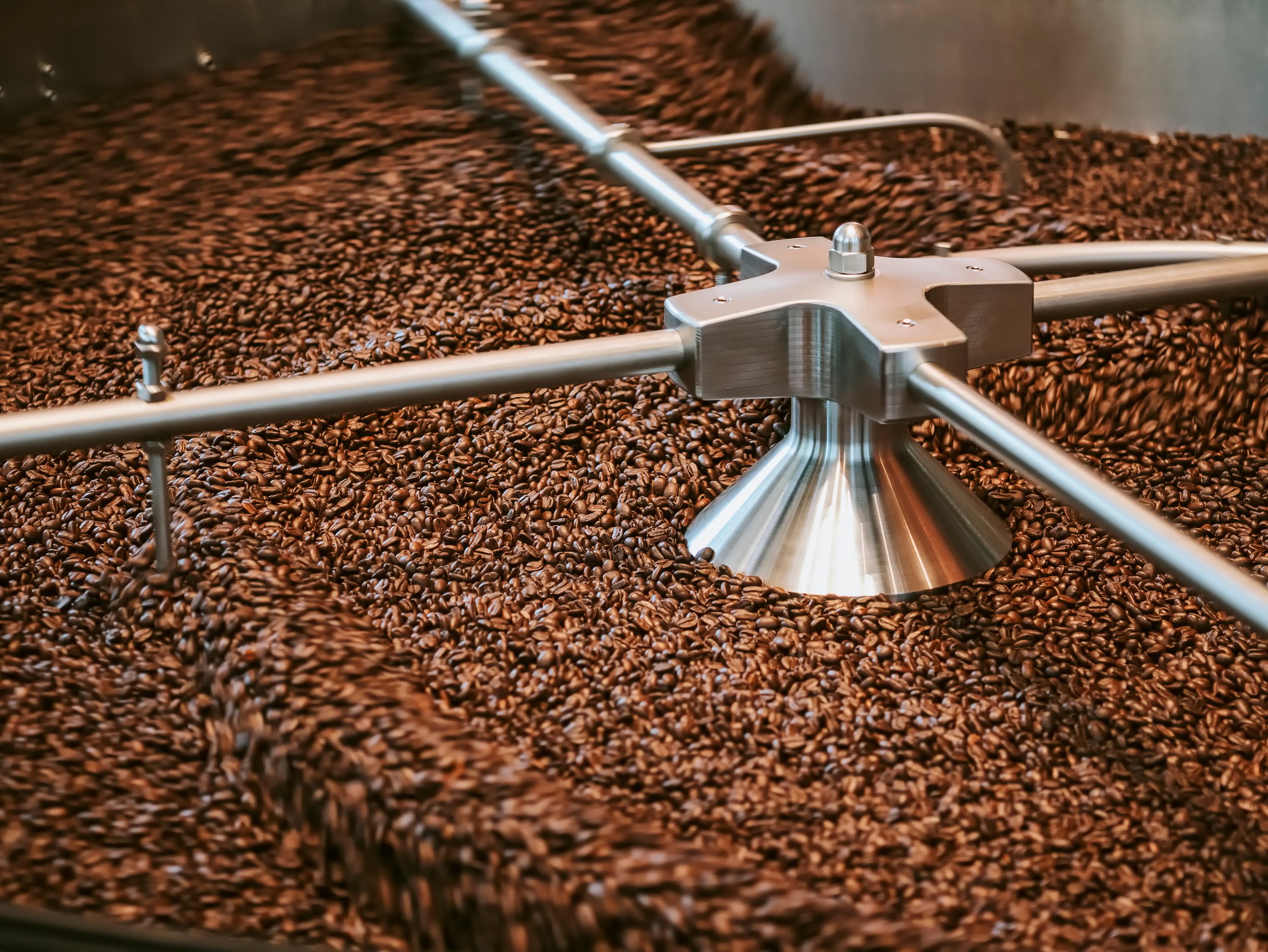A Coffee Journey from Crop to Cup
Black Gold
When it comes to coffee, the world tends to be broken up into consuming and producing countries. Do you grow or do you drink? As a consuming country, the United States is the largest coffee consumer by volume.
Coffee offerings and experiences range across a spectrum: from a quick, easy, and cheap refill diner coffee through to specialty quality-driven coffee meccas. Before we can enjoy our preferred method or style of of what is often called “black gold,” coffee undergoes a dramatic transformation from a plant to a liquid. Follow us through the journey from farm to cup, and learn more about the drink you consume every day.
Plant
Coffee is a perennial plant grown in the equatorial zones of Latin America, Africa, and Asia. There are over 120 coffee species, but only two species, Coffea Arabica and Canephora, have become commercially viable.
It takes 3-5 years for a plant to bear fruit, depending on the variety. The fruit is referred to as coffee cherries. Coffee harvest is essentially the fruit harvest. Like all fruit there is a flowering phase followed by a fruiting phase. Harvesting time can be brief, and only occurs once a year in some countries. Other origins like Colombia and D.R. Congo produce a main harvest followed by a fly crop later in the year. Coffee is harvested by hand picking the ripened cherries from each coffee plant. This process is highly labor intensive.
Processing
Once the cherries are picked, the fruit needs to be removed from the seed. This is called the Processing stage. How coffee cherries are processed depends on the coffee producer's choice and access to materials:
Processing includes sorting cherries, fermenting, drying and removing the fleshy fruit from the coffee seed. In order to be stable for storage and shipment, coffee needs to lose its organic, composting fruit flesh and have a relatively stable moisture content.
Green Coffee Seed
Once the coffee seed has been brought to a stable state, it is ready to be traded, sold, and exported. Coffee is typically sold in jute bags, with sealed plastic bags called grain pro. This keeps any foreign materials or odors out while maintaining stable moisture levels during transit.
Coffee buyers typically want samples of green coffee, so they can evaluate the most rudimentary form of the coffee. At this point the green coffee is again graded, sorted, evaluated to prepare for the roasting process.
Roasted Coffee
Roasting coffee is both a technical and artistic process. Roasting is the process of using heat to convert raw green seeds into roasted beans. There is a lot of room for personal preference in this process. The job of the roaster is to highlight all the work done beforehand. Variables such as region, variety, processing method and desired flavor characteristics play a role in how the coffee should be roasted. In order to evaluate the potential of a roast profile, a coffee cupping is done to evaluate the potential of coffee.
Cup
All cups of coffee are using some amount of water to take flavors out of some level of ground coffee. We refer to this as extraction, the core concept of any brewing process. Different compounds extract at different rates so that extracting more or less from coffee results in different flavors. Sharper, acidic, flavors tend to come out first, followed by sweetness and fruity flavors, and where heavier bitter notes are extracted last. It is surprising the complexity of the brewing process that gives us so much intrigue as well as frustration of making coffee. Brewing the same coffee in different methods will yield different results. To explore this in more depth, check out our brew guides to experience this first hand.
How well do you know what you're drinking? Or where it came from? Although this overview is brief, the insight into the transformation from plant to cup is truly astounding. Spanning years of investment and growth, and traveling across the globe, it is truly a miracle that we can enjoy coffee everyday.





